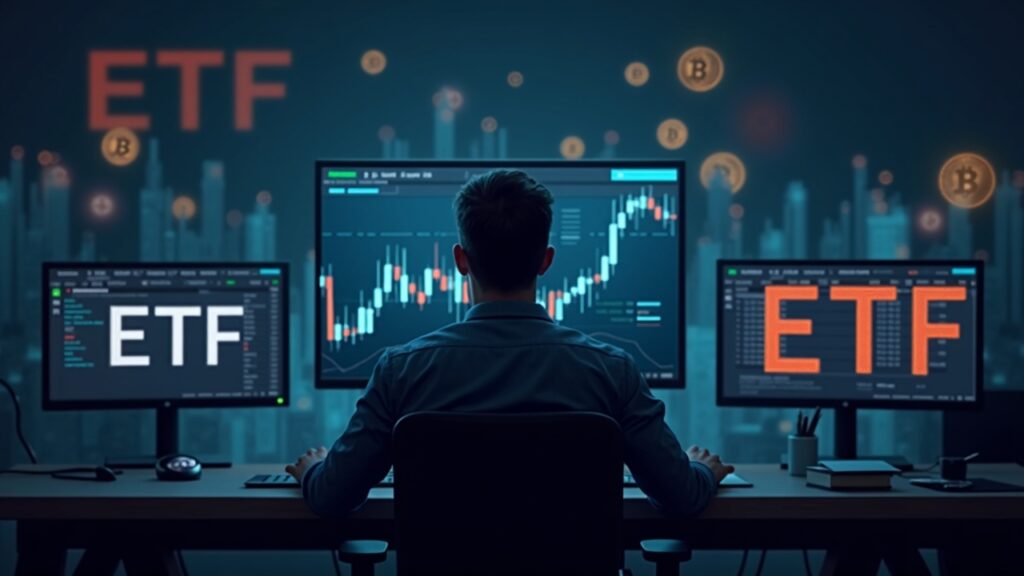Citi links the recent softness in crypto markets to two converging forces: slower ETF flows and a drop in risk appetite. This diagnosis ties price pressure to institutional flow rotations and market sentiment, elements that shape price formation and hedging. The impact spans managers, derivatives traders, and the liquidity of BTC and altcoins.
According to Citi, slower ETF inflows and reduced risk-taking are curbing effective demand for digital assets. That combination can foster greater volatility during periods of low capital inflows, weakening sustained buying pressure and leaving prices more sensitive to shocks.
For traders and managers, fewer flows mean tighter liquidity and higher execution costs on large positions, which amplifies the impact of directional orders on BTC and on BTC↔ETH rotation. The slowdown in ETF flows typically translates into less persistent buying on BTC, affecting its price and, by contagion, its dominance versus altcoins.
Lower risk appetite also reverberates in derivatives metrics: reduced open interest, adjustments in options skew and a likely increase in the protective put-call ratio, all of which influence hedging strategies and futures funding. Brief definition: ETF flows are the net capital inflows that go to exchange-traded funds (ETFs) and that amplify or reduce demand for the underlying assets.
Implications for traders and markets
Citi highlights operational effects that shape liquidity, volatility, and rotation across BTC and altcoins. In practice, diminished institutional inflows can intensify slippage, make protection costlier in options, and concentrate liquidity in larger tokens while leaving rebounds more fragile without steady inflows.
Lower liquidity with fewer ETF flows can increase slippage on large executions. A drop in risk appetite typically raises demand for puts and skew, making protection more expensive.
Conclusion: Citi places ETF flows and risk appetite as central drivers of the recent weakness in crypto; for operators, the operational focus should be on the daily evolution of those flows and on signals from the options market (skew, put-call) that anticipate shifts in sentiment. The next element to watch is the sustained resumption of net inflows into ETFs, which could restore liquidity and alter price dynamics.

